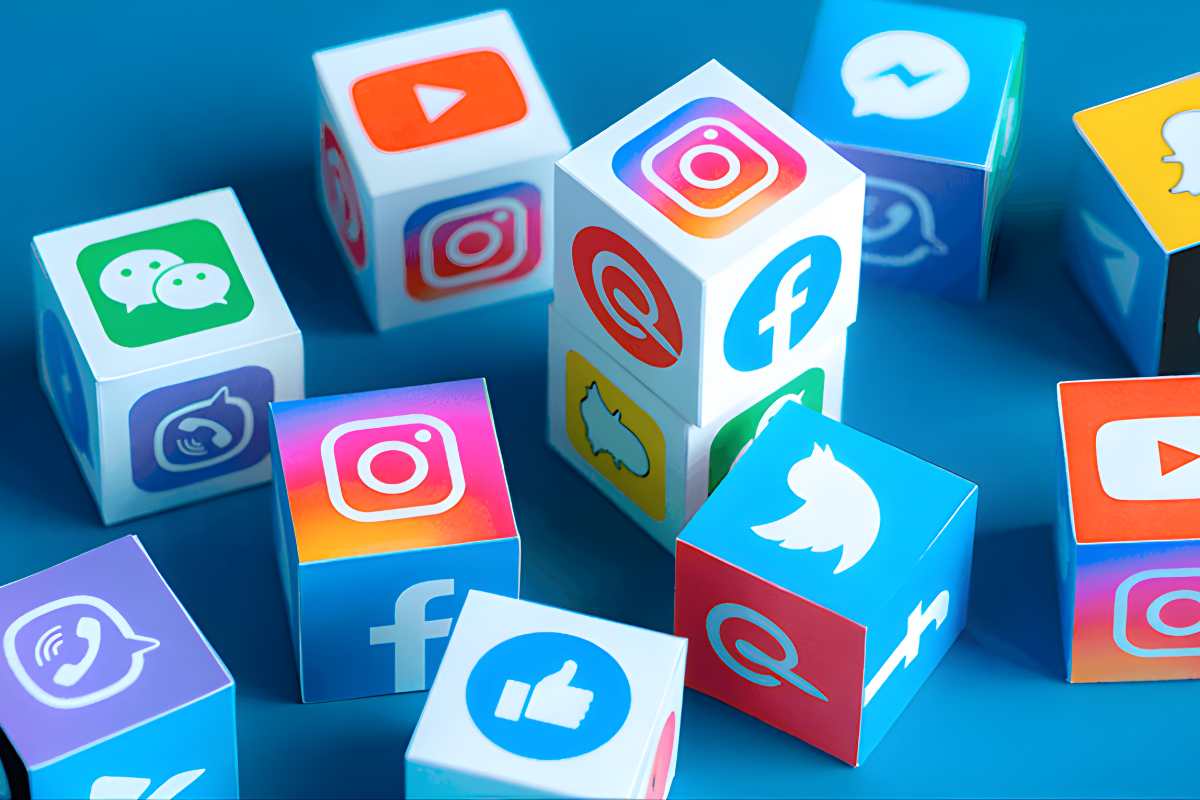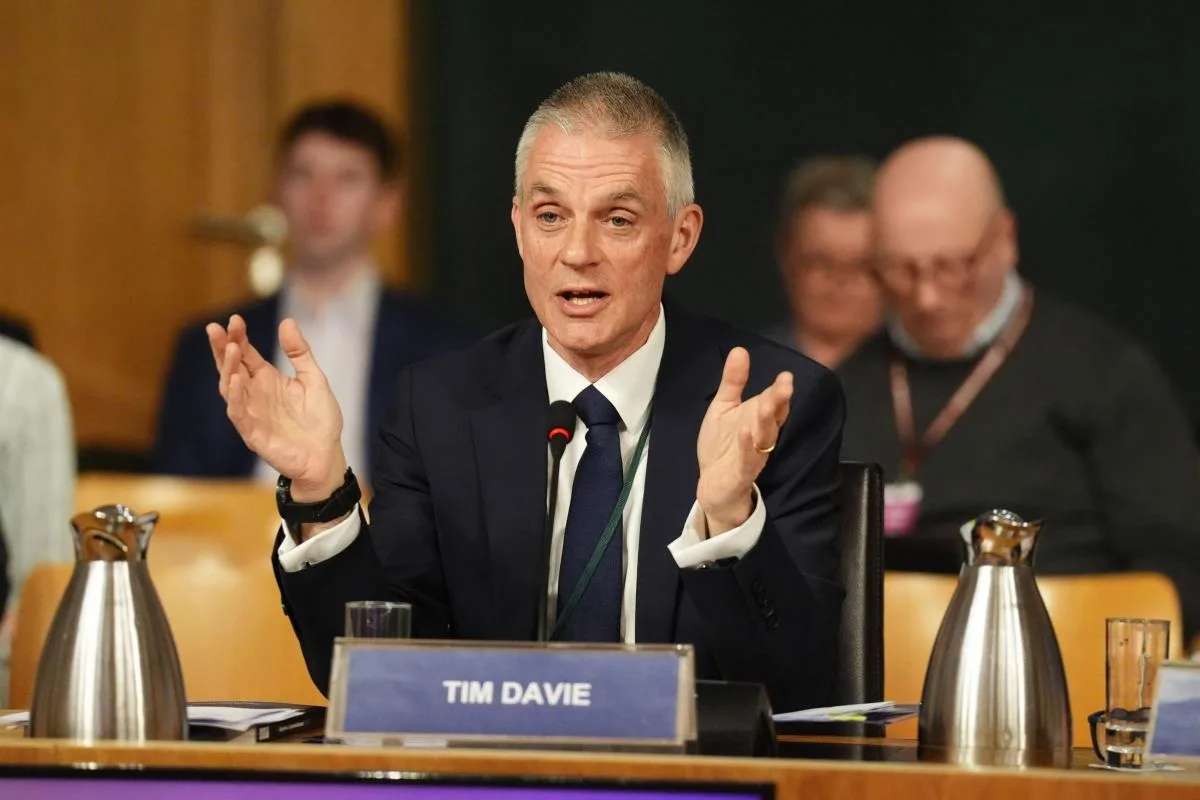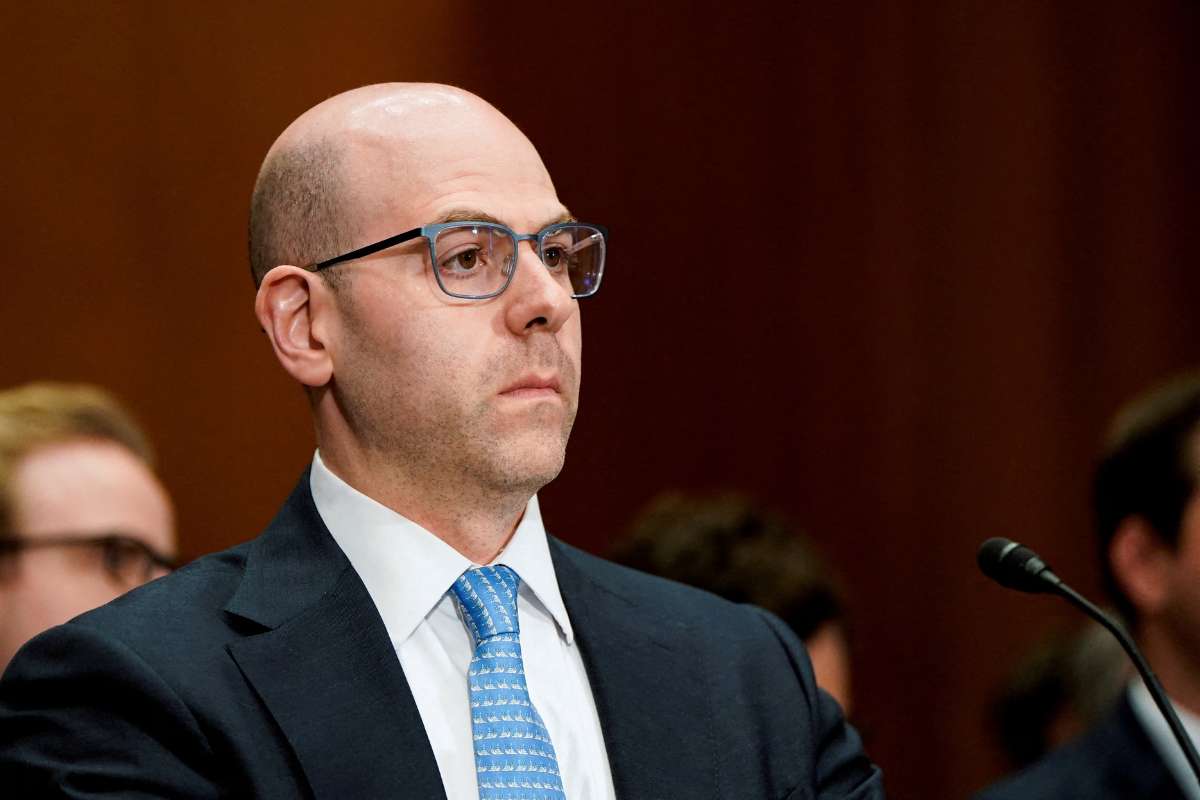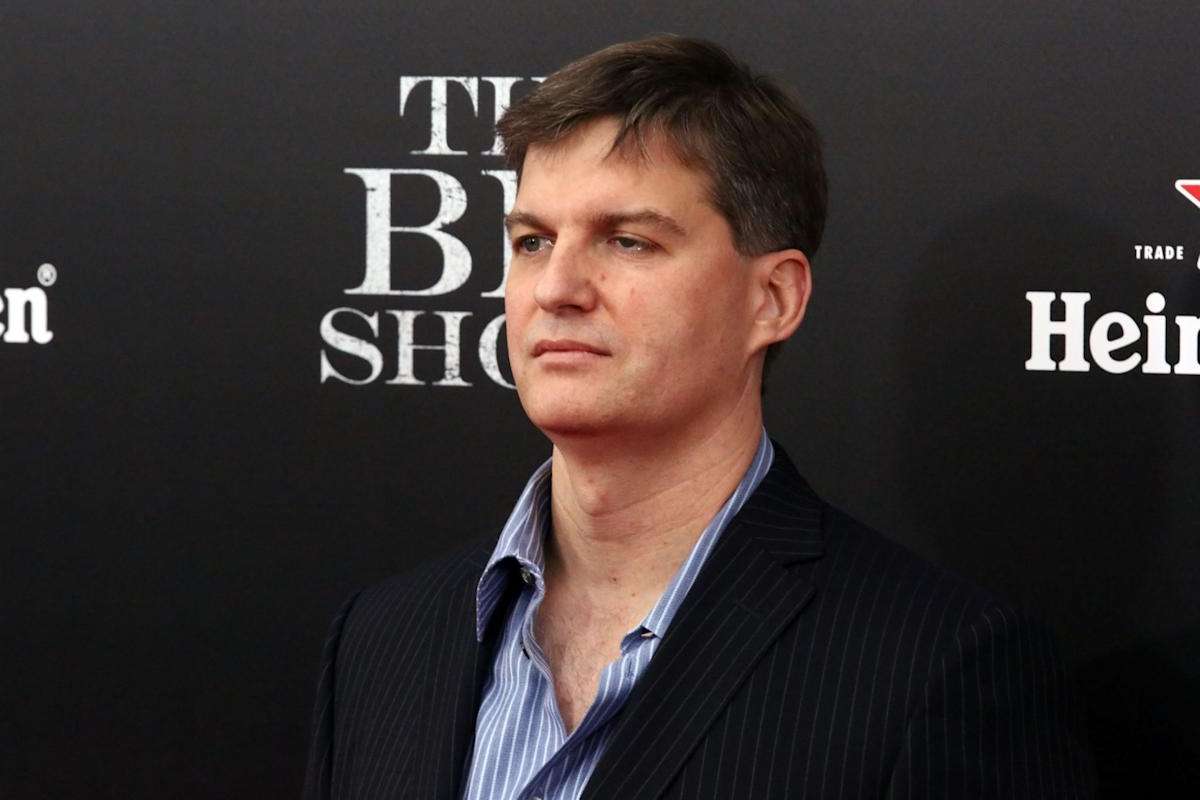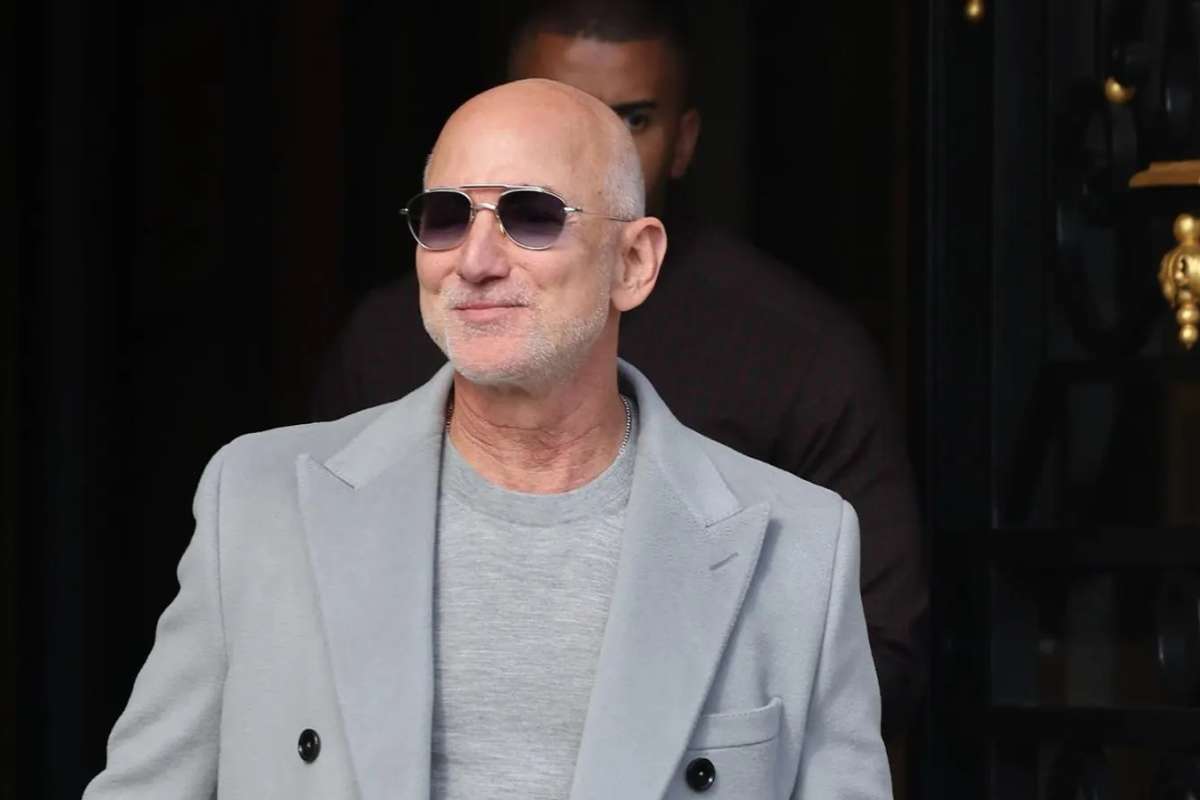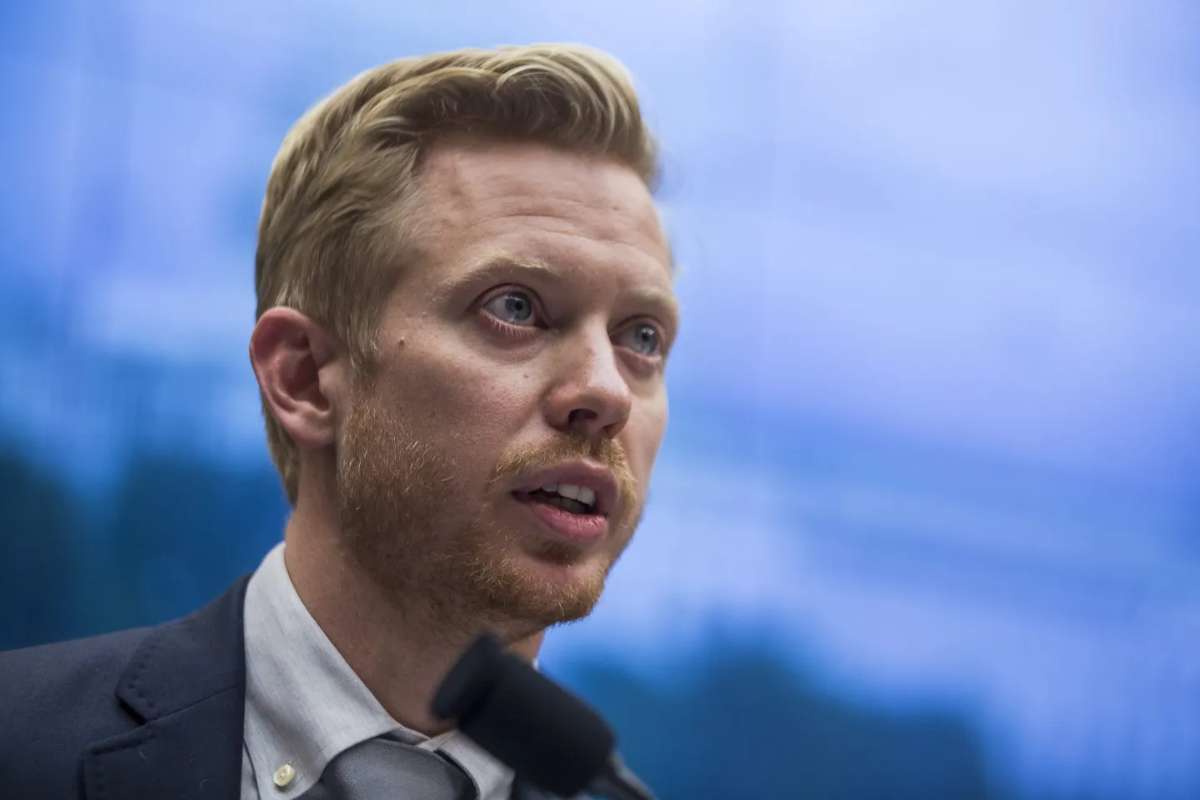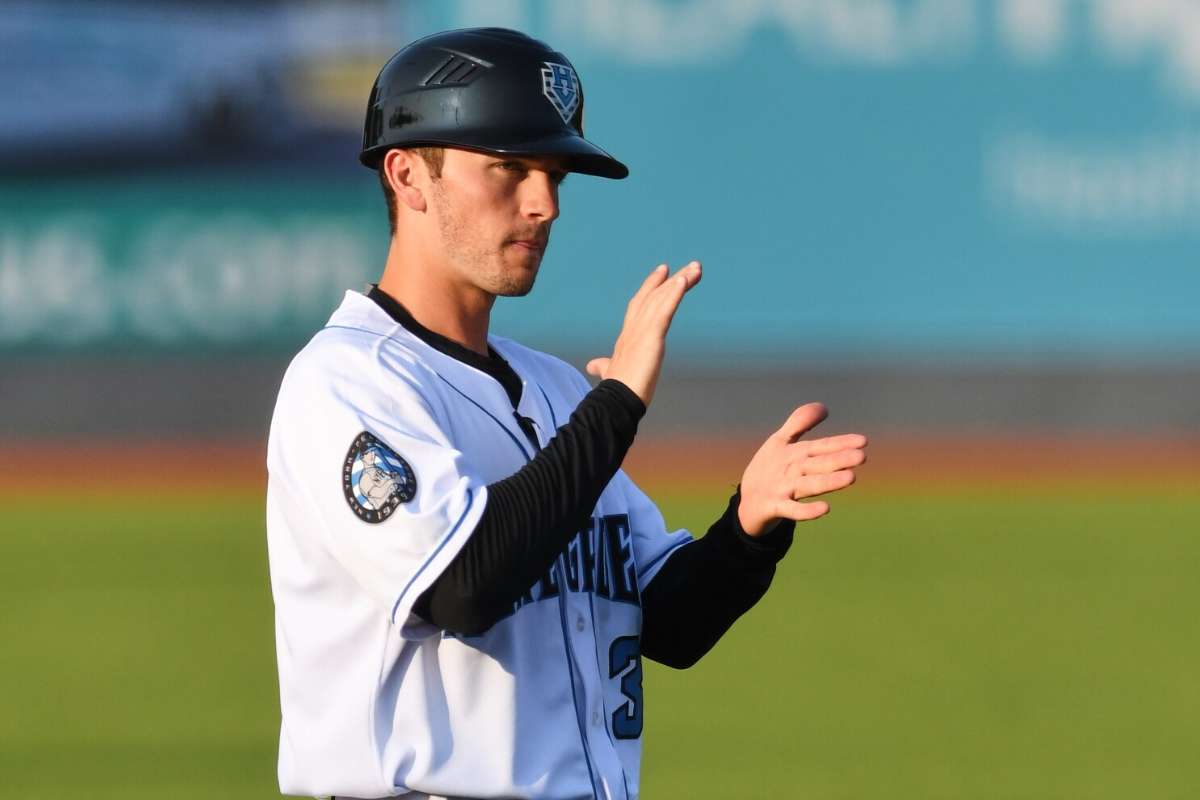In 2025, social media has become more than a way to talk to friends or share photos; it’s a world of its own. With over 5 billion people scrolling every day for nearly two and a half hours, platforms like Facebook, Instagram, and TikTok now influence how we think, shop, vote, and even see ourselves.
But to really understand how powerful social media has become, we need to look back at where it all started. Long before selfies and hashtags, scientists in the 1960s were experimenting with the earliest forms of online communication, simple systems that let computers share bits of information.
From those humble beginnings grew a massive digital universe. What started as a few chat rooms and message boards has turned into a space where every like, comment, and share can shape opinions, spark movements, and build billion-dollar brands. The history of social media is more than a timeline of apps; it’s a story of how technology has changed the way people connect, communicate, and influence the world around them.

ERA 1: Pre-Social Media Era (1960s–1990s)
| Key Developments | ARPANET, Bulletin Board Systems (BBS), Usenet, IRC, Early chatrooms |
| Impact on Communication & Culture | Laid the foundation for online communities and digital networking |
Long before hashtags and viral videos, the foundations of social media were quietly being laid in research labs and university networks. The earliest roots of online connection date back to the 1960s, when the U.S. Department of Defense developed ARPANET, the first computer network to transmit digital data. This milestone marked the beginning of interconnected communication, the core principle behind every social media platform we use today.
By the 1970s and 1980s, as personal computing gained traction, digital communities began to form through bulletin board systems (BBS) and Usenet groups. These early platforms allowed users to post messages, share files, and participate in threaded discussions, a precursor to today’s comment sections and online forums. They may seem primitive by modern standards, but their influence on digital interaction was groundbreaking.
In 1988, Internet Relay Chat (IRC) revolutionized real-time online communication, letting users chat in public channels or private groups, a structure mirrored by modern platforms like Slack and Discord. These innovations introduced key elements that define social platforms today: profiles, direct messaging, and online communities.
As the 1990s unfolded, the rise of the World Wide Web expanded digital expression even further. People began creating personal webpages and early blogs, sharing thoughts and connecting across the globe without geographic limits. While the term “social media” didn’t yet exist, the behaviors of sharing content, building identity, and engaging in virtual communities were already taking shape.
This era set the stage for what would later explode into a full-fledged digital revolution. The seeds of connection, identity, and instant communication were firmly planted, waiting for the technology and cultural shift that would soon bring them to life in the next major phase of the history of social media.
ERA 2: The First Wave of Social Platforms (1997–2004)
| Key Developments | SixDegreesFriendsterMySpaceLinkedIn |
| Impact on Communication & Culture | Introduced personal profiles, friend lists, and the concept of “social networking” |
The late 1990s marked a turning point, the moment when online interaction transformed from anonymous chatrooms into personal networks. In 1997, a platform called SixDegrees.com quietly made history of social media by introducing a simple yet revolutionary idea: users could create profiles, list friends, and build personal connections online. It’s widely considered the first true social networking site, paving the way for everything that followed.
As internet access expanded in the early 2000s, more players entered the scene. Friendster, launched in 2002, quickly gained millions of users, promising to connect “friends of friends.” It captured the imagination of a generation, discovering what it meant to have a digital identity. Soon after came MySpace (2003), a platform that turned customization into culture where users could design their pages, add music, and express themselves freely. Within just two years, MySpace had over 100 million users, briefly becoming the most visited site in the world, even surpassing Google.
These platforms introduced key features that would define the next two decades of online life: user profiles, connection lists, status updates, and messaging systems. For the first time, people weren’t just browsing the web; they were building it, one profile at a time.
Behind the screens, social media’s foundation was also shifting technologically. Faster internet, improved web design, and the birth of “Web 2.0” allowed users to generate content instead of simply consuming it. The internet was no longer static; it was alive, personal, and social.
This era was the experimental phase in the history of social media, raw, creative, and full of innovation. Platforms like Orkut, Xanga, and LiveJournal nurtured early online communities that blurred the lines between personal diaries and public broadcasting. It was a digital renaissance, setting the stage for what would soon become an unstoppable cultural and technological explosion: the Facebook era.
ERA 3: The Facebook Era & Mainstream Explosion (2004–2010)
| Key Developments | FacebookTwitterYouTube |
| Impact on Communication & Culture | Brought social media to the masses; redefined news, entertainment, and communication |
If the early 2000s were about experimentation, 2004 was the year social media went mainstream, and it all began in a Harvard dorm room. When Mark Zuckerberg launched Facebook, it wasn’t just another social site; it was a blueprint for how billions would connect in the digital age. Within a year, Facebook expanded from Ivy League students to universities across the U.S., and by 2006, it was open to anyone with an email address. What started as a small college network soon became a global phenomenon.
By 2008, Facebook had over 100 million users, and social networking was no longer a niche; it was part of everyday life. Brands, politicians, and creators all recognized its potential, using the platform to reach audiences at an unprecedented scale. The history of social media entered a new phase, one defined by connectivity, personalization, and viral communication.
But Facebook wasn’t alone in reshaping the digital landscape. YouTube, founded in 2005, changed how the world consumed video content. What began as a platform for sharing home videos became a global hub of entertainment, learning, and marketing. Then came Twitter in 2006, introducing microblogging and the now-iconic 140-character post, short, sharp, and perfect for the fast-paced digital era.
By the end of the decade, these platforms had redefined how information spread. Real-time sharing, user-generated content, and community engagement became the cornerstones of online interaction. For the first time in the history of social media, ordinary people could build audiences, influence conversations, and even spark movements all from their screens.
The 2000s were the decade when social media stopped being a trend and became a way of life. From reconnecting long-lost friends to launching billion-dollar businesses, it changed how we communicate, consume, and create, permanently altering the social fabric of the internet.
ERA 4: Visual & Mobile-First Platforms (2010–2016)
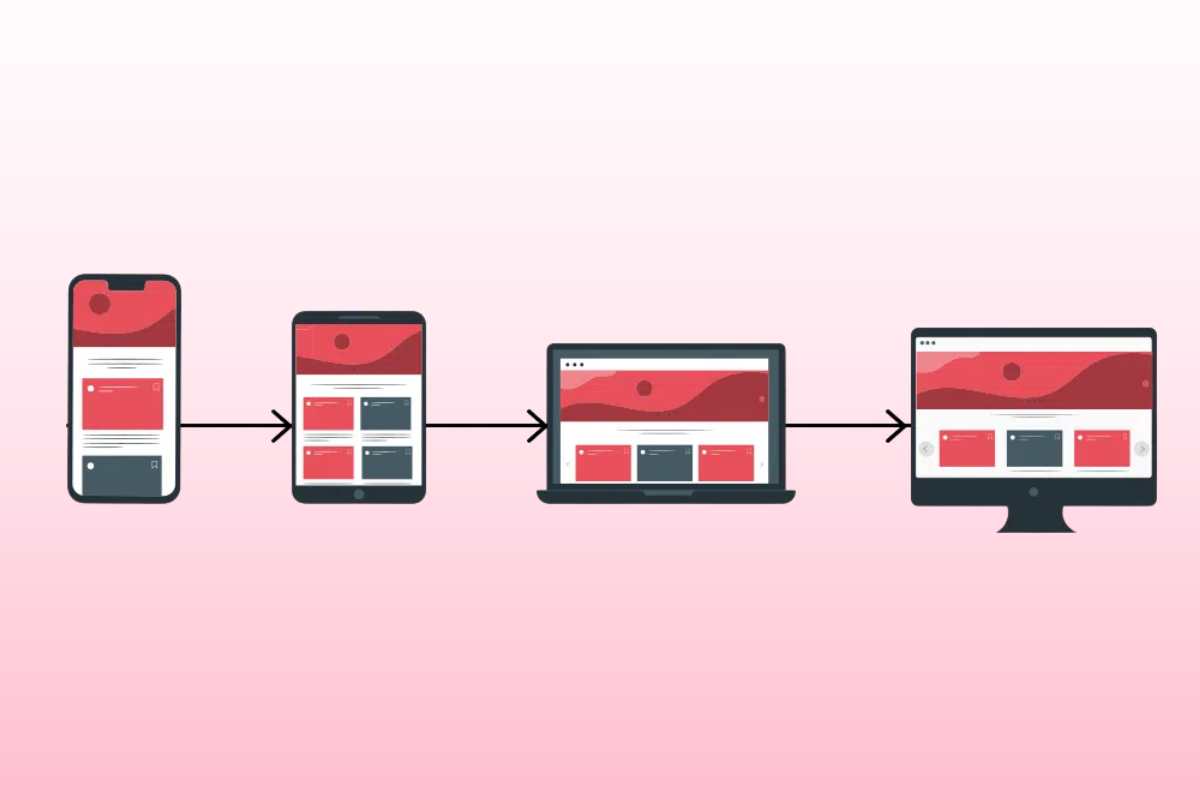
| Key Developments | InstagramSnapchatPinterest |
| Impact on Communication & Culture | Shifted focus to mobile engagement and visual storytelling |
By the early 2010s, social media had already connected the world, but smartphones changed how we stayed connected. The shift from desktop to mobile was one of the most significant turning points in the history of social media, as constant connectivity gave rise to a new era of instant sharing and visual storytelling.
When Instagram launched in 2010, it revolutionized the way people expressed themselves online. Photos replaced text as the primary form of communication, filters added creativity, and hashtags built communities around interests. Within two years, Instagram had reached 100 million users, signaling that visuals, not words, were becoming the new social language.
Meanwhile, Snapchat entered the scene in 2011, bringing ephemeral content and privacy-driven sharing into the spotlight. Its disappearing messages and short-lived stories redefined the digital conversation, especially among younger users who craved authenticity over permanence.
At the same time, Pinterest and Tumblr thrived as visual discovery and blogging platforms, while Vine (2013) captured imaginations with its looping six-second videos, a precursor to today’s short-form video revolution.
The global smartphone boom powered this transformation. By 2015, more than 2 billion people owned a smartphone, allowing social media to move from a part-time activity to an always-on lifestyle. Platforms optimized for mobile-first experiences saw explosive growth, and content creation became faster, more creative, and more personal.
This was also the dawn of the influencer era as brands began to recognize the marketing potential of creators with loyal audiences. Visual storytelling merged with commerce, and “aesthetic” became a defining social trend.
In just six years, social platforms evolved from text-heavy forums into visually immersive, mobile-first ecosystems. The world no longer just consumed content, it lived it, shared it, and built identities around it.
ERA 5: The Age of Influencers & Algorithmic Feeds (2016–2020)
| Key Developments | TikTokInstagram ReelsYouTube monetization |
| Impact on Communication & Culture | Rise of influencer marketing, brand collaborations, and personalized feeds |
By the mid-2010s, social media had evolved beyond connection; it had become a career, a marketplace, and a cultural force. This was the era when algorithms began shaping what people saw, creating curated digital realities tailored to every user’s preferences. In this phase of the history of social media, attention became currency, and those who mastered engagement became the new digital elite, the influencers.
When Instagram introduced its algorithmic feed in 2016, it fundamentally changed how content spread. Posts were no longer shown chronologically but based on relevance and engagement, a shift that favored creativity, consistency, and emotional resonance. Around the same time, TikTok emerged, redefining entertainment with short-form, music-driven videos that captured billions of views daily. By 2019, TikTok had more than 1 billion downloads, signaling a massive shift toward snackable, algorithm-powered content.
Influencer culture exploded. Every day, people turn into powerful personal brands, earning through sponsorships, affiliate marketing, and collaborations. A 2019 study by Influencer Marketing Hub revealed that 63% of marketers planned to increase their influencer marketing budgets, recognizing it as one of the most effective tools for brand storytelling.
Meanwhile, platforms like YouTube, Twitter, and Facebook leaned deeper into data-driven personalization, tailoring every feed through machine learning. This created what experts called the “filter bubble,” a phenomenon where users saw more of what they liked and less of what challenged them. While engagement skyrocketed, concerns about misinformation, data privacy, and algorithmic bias began to rise alongside it.
Between 2016 and 2020, social media became both a stage and a mirror reflecting societal trends, driving political movements, and shaping public discourse in real time. From viral dances to social justice campaigns, digital platforms defined culture like never before.
This was the age when social media stopped simply connecting people; it began to define them. And as algorithms took the driver’s seat, the digital world prepared for its next transformation: the era of intelligent, integrated, and immersive networks.
ERA 6: Modern Landscape & Social Media 2.0 (2020–Present)
| Key Developments | ThreadsBeRealMeta’s MetaverseAI-driven recommendations |
| Impact on Communication & Culture | Focus on authenticity, privacy, and immersive digital experiences |
The 2020s redefined what social media means, transforming it from a tool for communication into a complete digital ecosystem. This era, often called Social Media 2.0, is marked by artificial intelligence, short-form video dominance, and the seamless integration of e-commerce into every platform. The COVID-19 pandemic only accelerated this shift, as billions turned to social media for connection, news, and business during global lockdowns.
By 2024, global social media users will have surpassed 5.17 billion, accounting for nearly 63.7% of the world’s population, with platforms like TikTok, Instagram Reels, and YouTube Shorts driving a new wave of creative expression. Attention spans shrank, trends moved faster, and algorithms became smarter, predicting user interests with astonishing precision. The history of social media in this phase is characterized by data-driven personalization and the blurring of lines between creators, consumers, and commerce.
AI now plays a central role in shaping content and engagement. From ChatGPT-powered chatbots and AI influencers to smart recommendation systems, the user experience has become deeply personalized and predictive. Social commerce buying directly from within an app has surged, with the global market expected to reach $1.2 trillion by 2025, according to Accenture. Platforms like Instagram Shops, TikTok Shop, and Facebook Marketplace have turned social feeds into storefronts.
Meanwhile, the conversation around privacy, mental health, and digital well-being has become more important than ever. Users are now more conscious of their digital footprint, leading to the rise of decentralized networks, niche communities, and privacy-first platforms like Mastodon and Threads.
This era reflects a maturing digital world, one that’s more interactive, intelligent, and immersive. From AI-driven feeds to augmented-reality filters and social shopping, the boundaries of social media are expanding beyond screens and into real-world experiences.
The transformation shows that social media is no longer just about sharing moments; it’s about shaping lifestyles, driving economies, and influencing thought at a global scale. And as technology continues to evolve, the next chapter in this ever-unfolding story is already being written.
| Timeline | Medium | Impact |
| 1960s-1990s | Early network communication | highlight that these laid the groundwork for what became social media. |
| 1997–2004 | First wave of social platforms | Note major user adoption milestone (MySpace hit 100 M users in 2005) |
| 2004–2010 | Facebook era & mainstream explosion | Facebook launched in 2004, opened to everyone in 2006, 100M users by 2008. |
| 2010–2016 | Visual & mobile-first platforms | Instagram launched in 2010, Snapchat in 2011; mobile adoption accelerates. |
| 2016–2020 | Influencers & algorithmic feeds | Emergence of short-form video (TikTok 2016), algorithmic feeds dominate. |
| 2020–Present | Social Media 2.0 | AI, social commerce, immersive experiences; over ~5.17 billion social users globally (~64% of the world population) in 2025. |
ERA 7: Future Trends (2025–Beyond)

| Key Developments | Decentralized social networks, VR/AR integration AI influencers |
| Impact on Communication & Culture | Predicts deeper personalization, immersive experiences, and ethical innovation |
As technology continues to evolve at lightning speed, the future of social media is poised to blur the line between physical and digital experiences. The history of social media may have begun in chatrooms and forums, but the next chapter is being written in immersive virtual spaces, AI-powered interactions, and decentralized platforms.
One of the most transformative shifts ahead lies in AI-driven personalization. Social media algorithms will become even more intuitive, anticipating user moods, behaviors, and preferences in real time. For instance, Meta and X (formerly Twitter) are already experimenting with generative AI tools that can draft posts, create visuals, or even simulate digital personas. This means social media won’t just reflect users; it will begin to co-create with them.
The rise of the Metaverse and Extended Reality (XR) will also redefine what “social connection” means. Instead of liking a post, users could walk through virtual brand showrooms, attend holographic concerts, or hold business meetings in 3D collaborative spaces. According to McKinsey, the global metaverse economy could reach $5 trillion by 2030, signaling the scale of transformation ahead. Below is the decade of revenue generated by Meta in tabular format:
| YEAR | REVENUE |
| 2015 | US$17.93 B |
| 2016 | US$27.64 B |
| 2017 | US$40.65 B |
| 2018 | US$55.84 B |
| 2019 | US$70.70 B |
| 2020 | US$85.97 B |
| 2021 | US$117.93 B |
| 2022 | US$116.61 B |
| 2023 | US$134.90 B |
| 2024 | US$164.50 B |
Meanwhile, decentralization and blockchain integration promise to give users more control over their data and digital identities. Platforms built on Web3 principles, such as Lens Protocol or Mastodon, are championing transparency and user ownership, potentially ending the era of algorithmic dominance by tech giants.
Video content will remain king, but with a twist, short-form mixed with interactive storytelling. Expect platforms to experiment with AI-generated micro-series, shoppable live streams, and adaptive content that responds to user engagement in real time.
Ethical and social considerations will play a huge role, too. With growing concerns about misinformation, digital addiction, and privacy, governments and tech companies are likely to establish stricter AI ethics and transparency standards.
In essence, while the past of social media was about connection, the future will be about co-existence, a seamless fusion of human creativity, intelligent systems, and immersive digital experiences. The history of social media is far from over; it’s evolving into an ecosystem where interaction, innovation, and identity converge in ways we’re only beginning to imagine.
Conclusion:
From the clunky bulletin boards of the 1980s to today’s AI-curated feeds, the history of social media tells a story of human evolution as much as technological progress. What began as a quest to connect across networks has grown into a global ecosystem shaping politics, business, culture, and personal identity.
Each era, pre-social media, the Web 2.0 explosion, the rise of mobile-first apps, and now the dawn of the metaverse marks a shift not just in communication, but in how humanity experiences community. Social media has evolved from static profiles and chatrooms to living, intelligent systems that learn, adapt, and even anticipate our next move.
But as the lines blur between virtual and real, one truth remains: technology may amplify our voices, but it’s people who give them meaning. The history of social media isn’t just a record of innovation; it’s a reminder that behind every like, share, or viral trend lies the enduring human desire to be seen, heard, and understood.
FAQs on the History of Social Media
1. When did social media first begin?
The origins of social media can be traced back to the 1960s and 1970s, with early computer-based communication networks like ARPANET and Bulletin Board Systems (BBS). However, the first recognizable social networking site, SixDegrees.com, launched in 1997, allowing users to create profiles and connect with others.
2. What was the first popular social media platform?
SixDegrees.com is widely recognized as the first true social media platform, debuting in 1997. It introduced the idea of friend lists and personal profiles, concepts that later became the foundation of platforms like MySpace and Facebook.
3. How has social media evolved?
The History of Social Media shows an evolution from text-based chatrooms and forums to visual, mobile-first, and AI-driven ecosystems. From Friendster and MySpace in the early 2000s to Instagram, TikTok, and Threads today, social media has transformed into a space that influences communication, commerce, and culture globally.
4. What are some major turning points in the history of social media?
Key turning points include the launch of Facebook in 2004, the rise of visual platforms like Instagram and Snapchat around 2010–2015, and the advent of algorithmic and influencer-driven platforms such as TikTok and YouTube post-2016. Each phase redefined how people interact, consume content, and build digital communities.
5. What does the future of social media look like?
The future of social media is heading toward AI integration, decentralized platforms, and immersive virtual experiences through AR/VR technologies. Experts predict that the next phase will emphasize authenticity, ethical AI, and privacy-first ecosystems, shaping a more responsible and personalized digital world.

